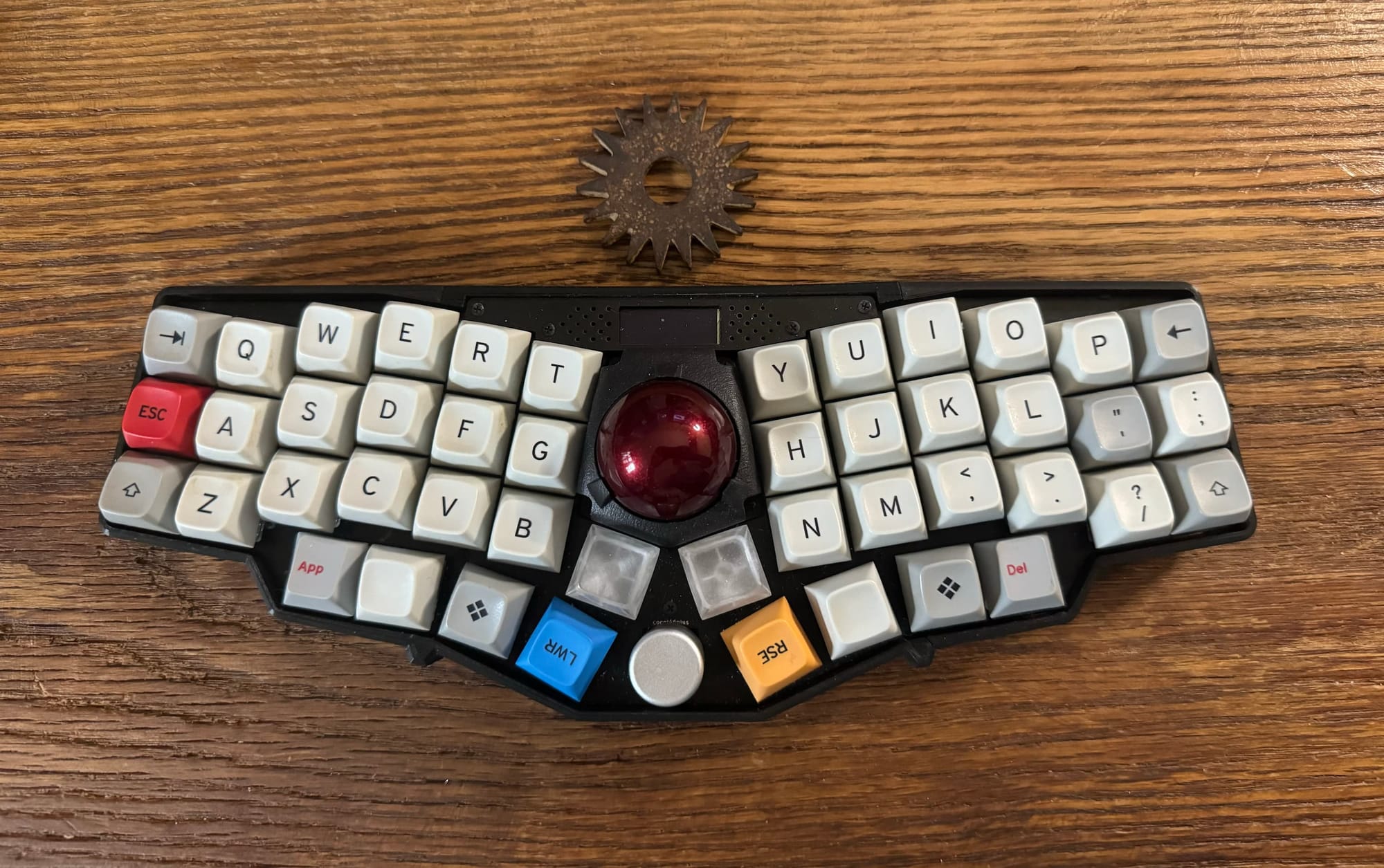Simple means different things to different people.
I self-host Ghost and find it pleasant to use and low maintenance. It is a single Docker container plus MySQL. I recommend a reverse proxy in front of it like Nginx. There are importers from many other blog formats.







Nope. Some algorithms are fastest when a whole data set is held into memory. You could design it to page data in from disk as needed, but it would be slower.
OpenTripPlanner as an example will hold the entire road network of the US in memory for example for fast driving directions, and it uses the amount of RAM in that ballpark.